The December Consumer Price Index (CPI) report is out, and while inflation appears to have cooled overall in December, there are still warning signs that show Americans will have to brace for higher-than-normal prices for the foreseeable future.
The good news is that inflation fell 0.1 percent from November, and is currently at 6.5 percent from a year ago – a steep drop from November, where it was up 7.1 percent. The bad news, however, is that this came primarily from energy price drops.
Via CNBC:
The consumer price index, which measures the cost of a broad basket of goods and services, fell 0.1% for the month, in line with the Dow Jones estimate. That equated to the largest month-over-month decrease since April 2020, as much of the country was in lockdown to combat Covid.
Even with the decline, headline CPI rose 6.5% from a year ago, highlighting the persistent burden that the rising cost of living has placed on U.S. households. However, that was the smallest annual increase since October 2021.
Excluding volatile food and energy prices, co-called core CPI rose 0.3%, also meeting expectations. Core was up 5.7% from a year ago, once again in line.
Fuel oil prices dropped about 16.6 percent for the month, which contributed to a 4.5 percent decline in the energy index. Food prices rose slightly, though, at 0.3 percent.
As the Wall Street Journal points out, the U.S. is not out of the woods yet.
The new inflation figures follow several signs that U.S. economic activity cooled in late 2022. U.S. imports and exports fell in November from October, while retail sales, manufacturing output and home sales all declined. Job and wage growth slowed in December.
JPMorgan Chase & Co. Chief Executive Jamie Dimon said Tuesday the Fed could need to lift its benchmark federal-funds rate to 6% to tame inflation. That would be higher than the peak level between 5% and 5.5% in 2023 that most Fed officials projected after their December meeting.
“Inflation won’t quite go down the way people expected,” Mr. Dimon said. “But it will definitely be coming down a bit.”
And along those lines, the Federal Reserve’s Jerome Powell has indicated that the interest rate hikes are expected to continue.
Speaking with Sweden’s Riksbank (central bank) on Tuesday, Powell said “Price stability is the bedrock of a healthy economy and provides the public with immeasurable benefits over time. But restoring price stability when inflation is high can require measures that are not popular in the short term as we raise interest rates to slow the economy.”
“The absence of direct political control over our decisions,” he continued, “allows us to take these necessary measures without considering short-term political factors.”
In other words, you can expect the Fed to keep doing what it’s been doing. However, the Biden administration is cheering today’s report as a sign the President’s plan for economic recovery is working.
For the sixth month in a row, yearly inflation is down.
It might be rising in economies around the world, but it's coming down here. And gas prices, food, and more are following.
That adds up to a break for families and proof that my plan is working.
— President Biden (@POTUS) January 12, 2023
ECON NEWS TODAY:
✅Headline, core inflation DOWN
✅ Jobless claims remain LOW
✅ Food inflation LOWEST in 2 years
✅ Real wages UP
✅ CPI last quarter BELOW 2%— Ronald Klain (@WHCOS) January 12, 2023
Most economic signs, however, show that the U.S. may still need to brace for a recession. Financial experts are warning that Americans need to begin saving if they are not already doing so, and economists are seeing signs in the most recent jobs report that employers may actually be bracing for danger.
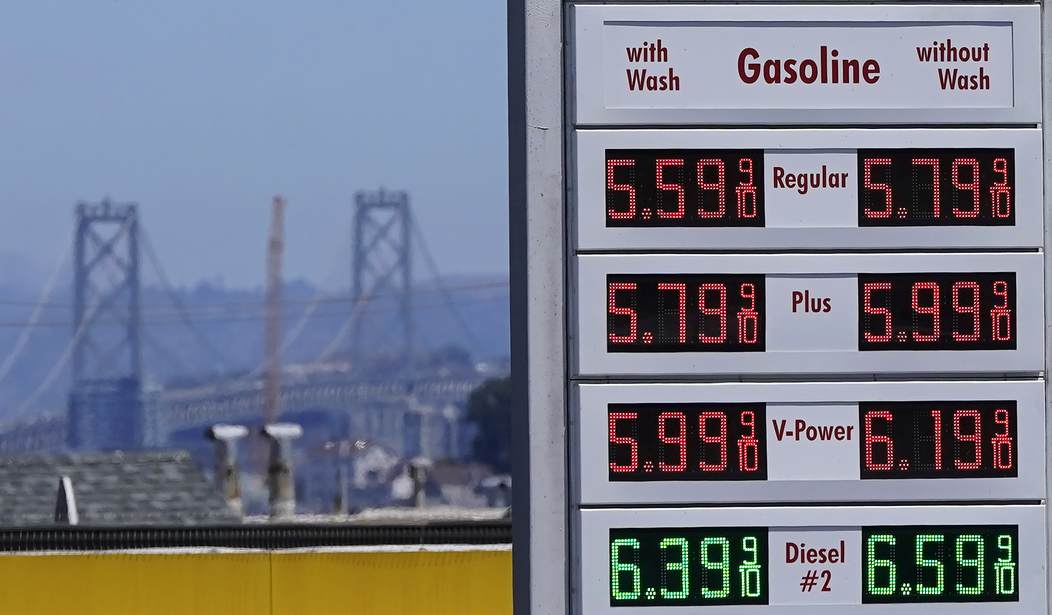




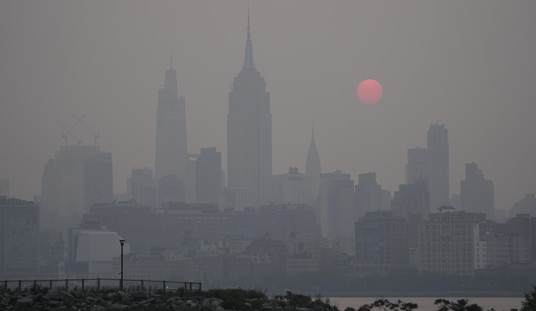




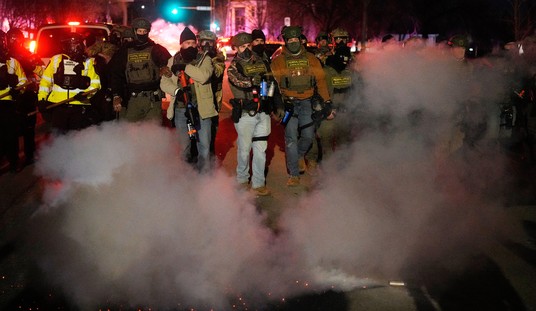
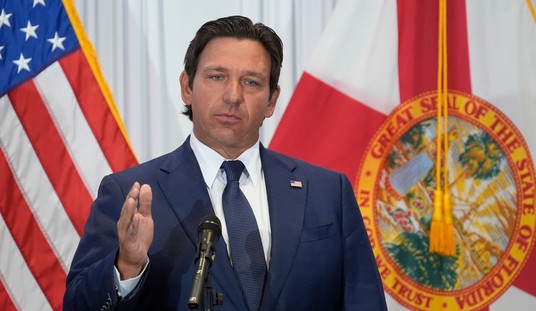

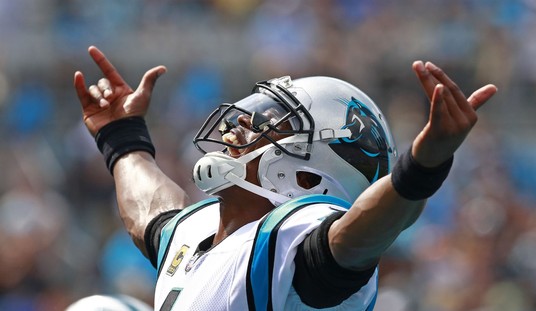
Join the conversation as a VIP Member